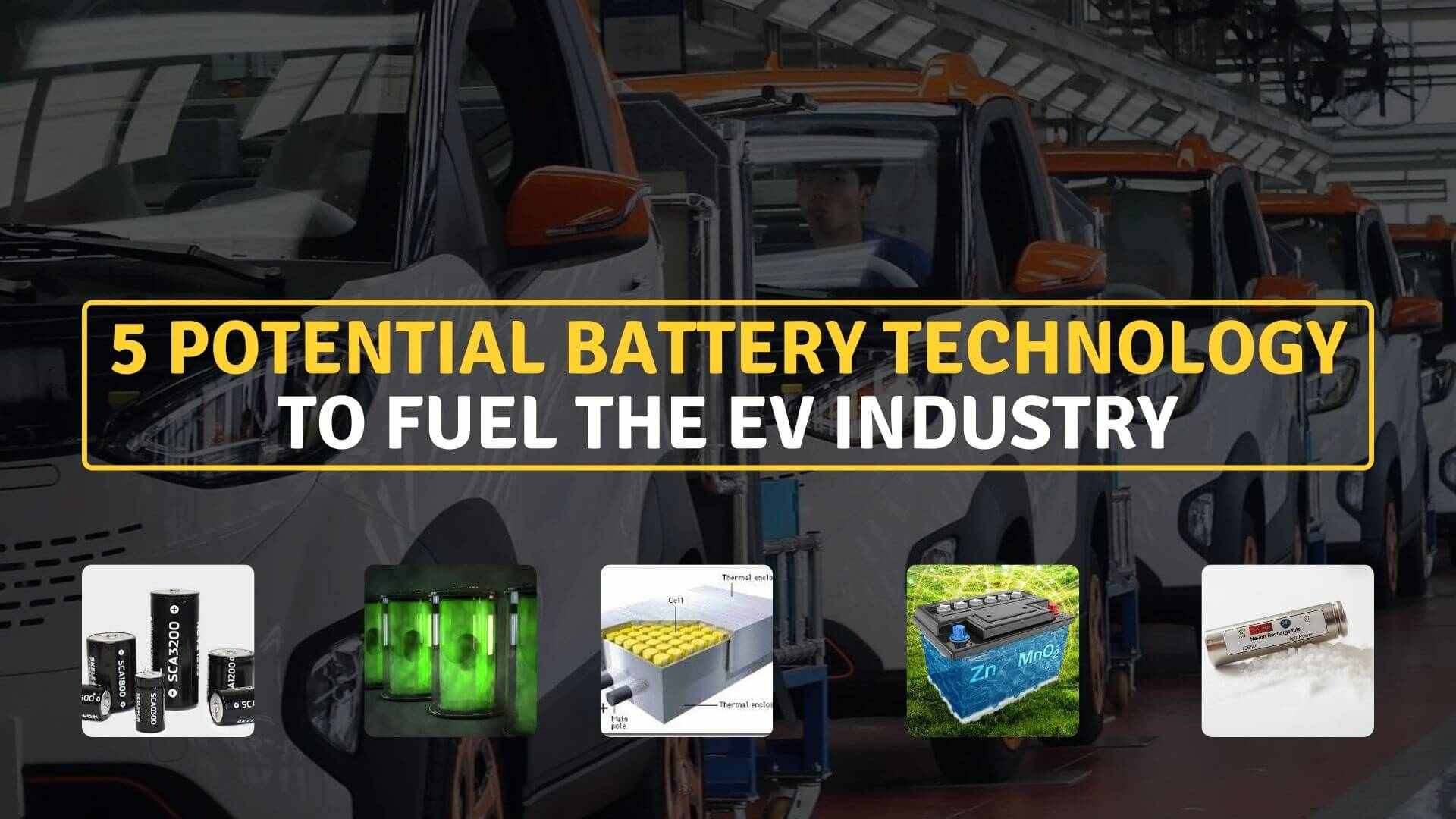 Energy storage has the potential to change the way we manage energy in our lives. Energy storage can provide a reliable and inexpensive way for people to generate, store and use their energy.
Energy storage has the potential to change the way we manage energy in our lives. Energy storage can provide a reliable and inexpensive way for people to generate, store and use their energy.
As the world moves towards sustainable energy, it is important to find new sources of energy. While Hydrogen fuel cells are one solution, batteries are more portable and inexpensive and hence, the demand for battery-powered devices is increasing.
One of the most popular battery-powered devices these days is electric vehicles (EV).
Table of Contents
Evolution of Electric Vehicle Battery Technology
The evolution of electric vehicle battery technology has been driven by deficiencies in older battery chemistries. Since the late 1990s, lithium-ion batteries have been powering everything from mobile phones to electric vehicles.
From the advent of lead-acid batteries to the latest batteries, electric vehicle battery technology has come a long way in recent years, driven by lithium-ion batteries that are smaller and lighter. Lithium-ion batteries are the most common type of rechargeable battery in use today.
Lithium-based battery technology has become the market standard, but there are concerns over its long-term sustainability.
The rare materials used in their construction (lithium and cobalt) are not widely available and are only found in a few countries around the world. Also, there are a few constraints such as the life of the battery, sensitivity towards higher temperature associated with the lithium-ion battery, which has led to significant developments to other battery kinds such as Graphene-based batteries, Sodium-Ion batteries, and a few more battery technologies discussed further in this article.
Developments in EV battery technology have drawn the attention of organizations and people across the globe.
According to the plots in the graph displayed below (Figure 1), the global market for electric vehicle batteries is expected to rise from USD 41.1 billion in 2021 to USD 116.6 billion in 2030.
Global Lithium-Ion Battery Market Forecast
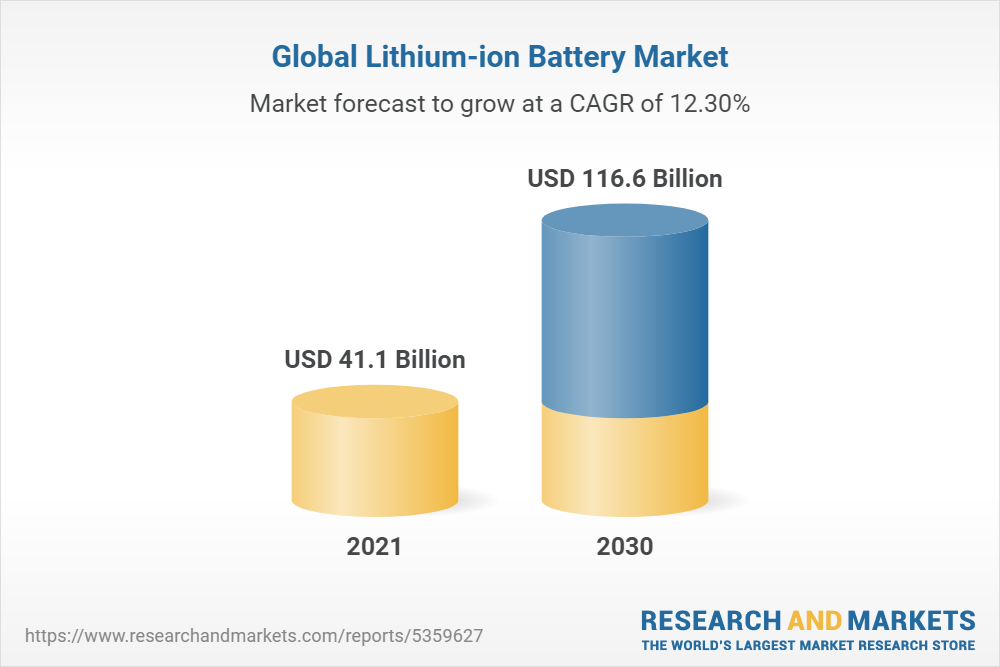
Also, Asia-Pacific holds the largest market share amongst the regions displayed in the pie chart (Figure 2).
Lithium-Ion Battery Market: Growth Rate by Region, 2020-2025
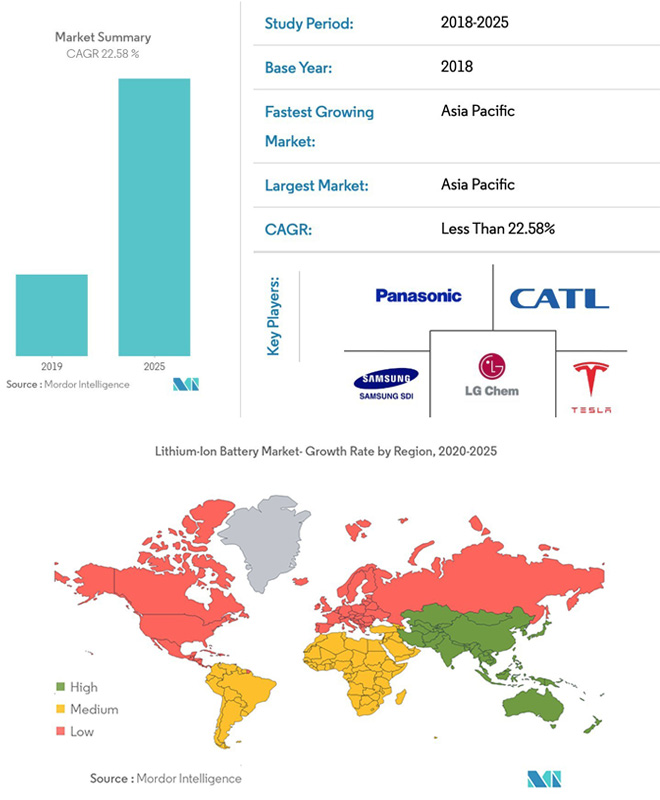
Top 5 Latest Development in Battery Technology
Following are the Top 5 Potential Battery Technology to Fuel the Electric vehicle Industry. the Battery Development List Includes:
- Graphene-Based Batteries,
- Sodium Sulfur (NAS) Batteries,
- Sodium-Ion Batteries,
- Rechargeable Zinc-manganese Dioxide Batteries and
- Organosilicon Electrolyte Batteries (OSEB).
Graphene-Based Batteries Technology
Battery technology will get a breakthrough in 2021. This is due to a new material called “graphene” that allows the battery to charge faster and surpasses conventional lithium-ion batteries.
Graphene, a layer of carbon atoms bound together in a honeycomb lattice pattern, is recognized as a “wonderful material” because of its many amazing properties.
It is a strong conductor for electricity and heat with a large surface area, extremely light, chemically inert, and flexible. It is also considered eco-friendly and sustainable.
The production of these new materials will result in a reduction in battery costs as well. This means we have more options for devices with longer battery life and shorter charging times.
Recently Lyten Inc, a material science-based company in California developed a 3D Graphene-based battery architecture that is capable of reaching an energy density of 900 Wh/kg, which is around 20% higher than current lithium-ion batteries.
Also, recently Graphene Manufacturing Group (GMG), a clean-tech company from Brisbane has aimed to finalize commercial prototypes of Graphene Aluminum-Ion batteries by the end of 2021. An organization such as Guangzhou Automobile Group (GAC), China has now disclosed advancement through graphene batteries for electric vehicles (EVs).
According to MarketsandMarkets the global market for graphene batteries is expected to grow from US$168 million in 2024 to US$609 million by 2030, at a CAGR of 23.9%.
Top Companies Operating in the Graphene Battery Market
- Samsung SDI
- Cabot
- Targray
- Log 9 Materials
Sodium Sulfur (NAS) Batteries Technology
Moving forward many institutions/or organizations have been looking for ways to replace the battery for a long time. In 1990 researchers from MIT developed a new type of battery that they called Sodium Sulfur (NAS) batteries.
NAS batteries belong to the category called high-temperature batteries. They are so named because high temperatures are required to keep the anodic and cathodic materials in a molten state for the battery to work.
These types of batteries are an improvement because they have the potential to store up to 10 times more energy than lead-acid batteries. They can recharge faster, operate at higher temperatures, and be recharged more than 20,000 times without any loss in capacity.
So far, NAS batteries are used for solar power plants and electric buses. With these benefits, it’s only a matter of time before NAS batteries become available to consumers on a large scale.
Currently, CATL (Contemporary Amperex Technology), a Chinese battery manufacturer and technology company started limited business deployment of sodium-ion battery cells in July 2021 and plans to increase the sodium-ion production network through to 2023.
Read More: Lithium-ion Battery Manufacturing Plant Cost
Also, Driven by the development of renewable energy projects such as Mohammed bin Rashid Al Maktoum Solar Park will create opportunities for NAS battery manufacturers soon.
According to Mordor Intelligence, the sodium-sulfur battery market is estimated to grow by over 12% in the forecast period of 2021-2025.
Top Companies in the Sodium Sulfur (NAS) Battery Market
- NGK Insulators
- GE Energy
- BASF- we create Chemistry
- TEPCO- Tokyo Electric Power Company Holding
Sodium-Ion Batteries technology
This Battery can be the next big source for electric vehicles. Sodium-ion batteries have emerged as a potential successor to lithium-ion batteries, which are omnipresent in today’s electronic devices.
A sodium Ion battery is a rechargeable type of battery. The working principle is almost the same as lithium-ion batteries, only the difference is sodium compounds are used instead of lithium. The most important application of sodium-ion batteries is expected to be stationary energy storage.
Recently scientists in Estonia have found a way to use peat, which is available in plenty in Northern Europe, to make sodium-ion batteries cheaply for electric vehicles.
Sodium-ion batteries do not contain expensive materials like lithium and nickel and could be an alternative to the current lithium-ion battery model that dominates the battery industry. Also, Dr. Robin Zeng, chairman of CATL (Contemporary Amperex Technology), unfolded the company’s first-generation sodium-ion battery. This new battery can integrate sodium-ion cells and lithium-ion cells into one pack to deliver greater energy density.
According to Globe-News Wire, the global sodium-ion battery market is projected to reach a value of USD 1.01 billion in 2021 with a CAGR of 19.3% during the forecast period from 2021-2030.
Top Companies operating in the Sodium Sodium-Ion Battery Market

- NGK Insulators
- Faradion
- AGM Batteries
- TIAMAT- Battery
Sodium-ion Battery Vs Lithium-ion battery
A typical laptop battery lasts for around 3 hours, while an electric car will need 10-30x that amount. Currently, the only way to store electricity is through two options: fossil fuels in large power plants or with lithium-ion batteries in devices.
Read More: Impact of Lithium-ion Batteries on the Environment
There are many challenges with both of these options. Fossil fuel has caused a huge increase in greenhouse gas emissions and lithium-ion batteries are dangerous when they overheat. Sodium-ion batteries are cheaper when compared to lithium-ion batteries. These batteries are more eco-friendly because they don’t contain any toxic material, they can be used in extreme temperatures.
So, it will certainly take some time for sodium-ion batteries to reach technological ripeness and be produced in large numbers and installed in electric vehicles or mobile phones. But if it does, the transition from lithium-ion batteries to sodium-ion batteries should be largely trouble-free due to relatively similar technology.
Rechargeable Zinc-manganese Dioxide Batteries
A new type of rechargeable zinc-manganese dioxide battery has been developed by a research team at the University of Maryland. These batteries, which are made out of easily available materials, cost less to produce and can be charged more quickly than lithium-ion batteries.
They also have a longer shelf life. Zinc-manganese dioxide batteries are commonly used in power tools, consumer electronics, electric cars, and emergency lighting systems.
Zn-Ion (ZIB) rechargeable batteries are particularly attractive because zinc has a higher water tolerance and stability than alkali metals, allows a versatile charge transport medium, and is manufactured and recycled using an industrial process. So far, these batteries have only been applied to experimental vehicles, but improvements could lead to them being used commercially shortly.
Recently Urban Electric Power at New York has developed a rechargeable zinc-manganese dioxide battery that has passed UL testing standards, ensuring safety for use in high-risk areas. Unlike lithium-ion batteries, this battery has additional fire safety precautions to meet these standards. Also, Enerpoly a battery technology company has solved the critical 60-year-old problem of rechargeability for zinc-manganese dioxide batteries in 2021.
Top Companies working on the Development of Zinc-Manganese Dioxide Batteries
- URBAN Electric Power
- ENERPOLY
According to grand view research the global zinc-manganese dioxide market size was valued at USD 1.25 billion in 2018 and is expected to grow at a CAGR of 7.0% over the forecast period of 2019 to 2025. This zinc manganese dioxide system is considered promising for large-scale energy storage applications.
Organosilicon Electrolyte Batteries (OSEB)
The emerging need for clean energy, renewable energy generation, and electric mobility has led to the rapid development of new types of batteries. One of these technologies is the Organosilicon electrolytic battery (OSEB). These batteries use a non-flammable organic electrolyte, which is stable and has a long life. They are also easy to manufacture, maintain and recycle.
This new Organic Electrolyte/silicon-oxygen (OS) Battery, the project uses silicon nanoparticles as an electrode with an electrolyte made from organic material. This battery can significantly improve the performance and profitability of energy storage systems, particularly electric vehicles, where it can have a disruptive effect on drivers and consumers.
Electrolytic Organosilicon batteries are safer than conventional lithium-ion batteries. Also, Lithium-ion batteries are well known to produce hydrogen gas when overcharged. However, new Organosilicon additives are being developed that have been shown to reduce this gas by up to 80%. The growth of this market is probably driven by the excellent properties of silicon-based anodes.
Read More: Recycling Lithium-Ion Batteries
Though this battery technology is relatively new in comparison to the above-discussed batteries still development is going around the world such as Silatronix an American company that has been awarded a $10.1 million contract from the US Navy Office of Naval Research (ONR) to research and develop electrolytes for safe, high-energy, high-nickel NMC Li-ion batteries.
Top Companies working on the Development of OSEB Batteries

Silatronix – Top Companies in Organosilicon Electrolyte Materials
Currently, no battery technology can match the gasoline vehicles at range and price or compete with lithium-ion batteries in terms of cost per kWh.
The future of battery technology is still uncertain and open-ended, but the above-discussed battery developments give an idea of what could happen in the coming years.

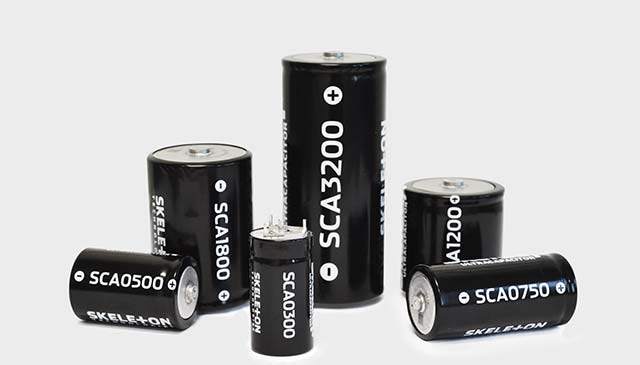

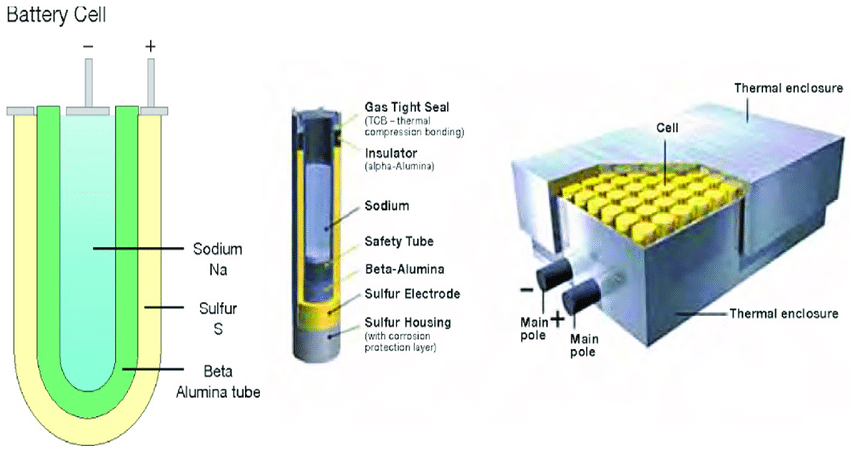

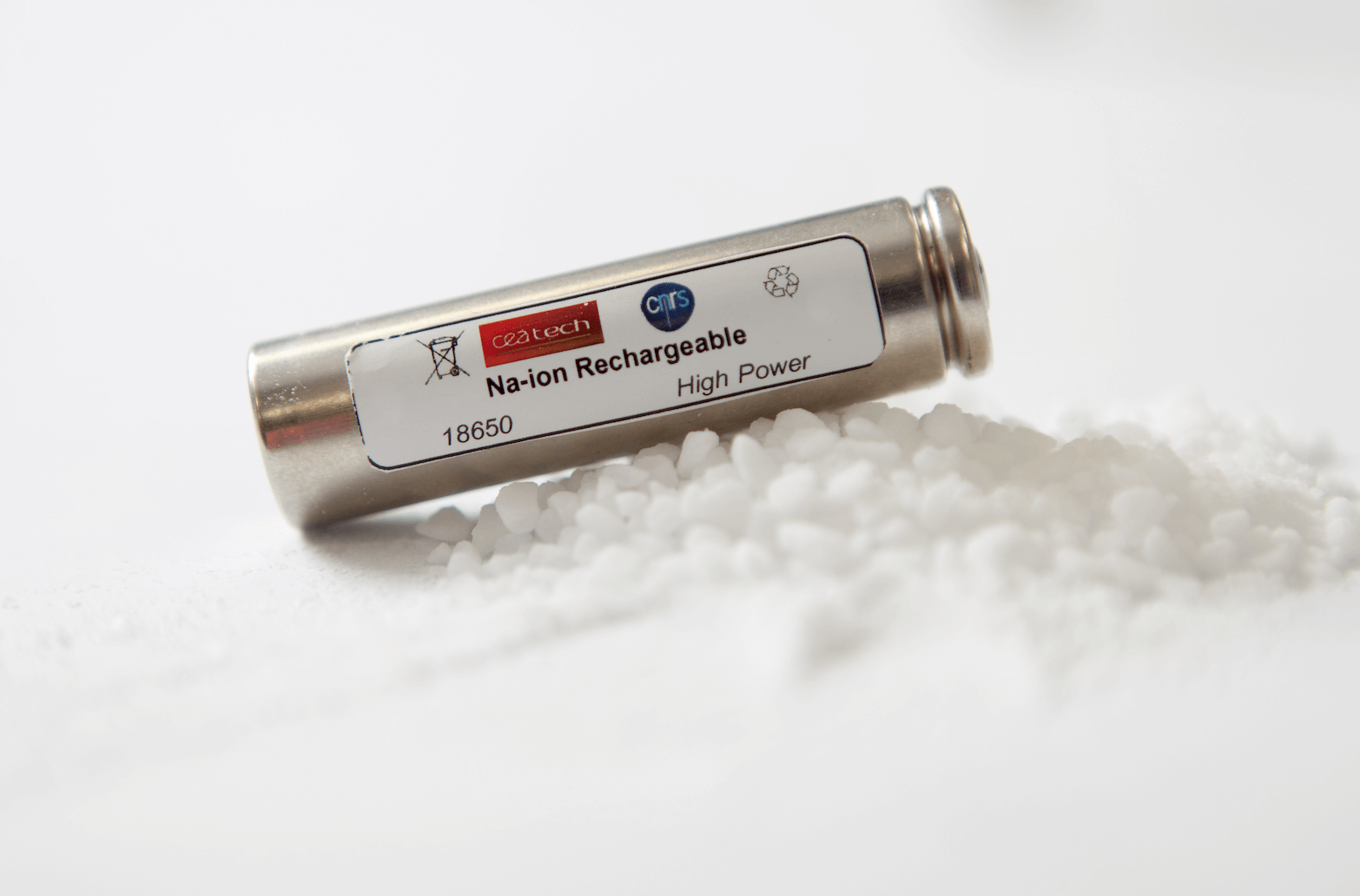
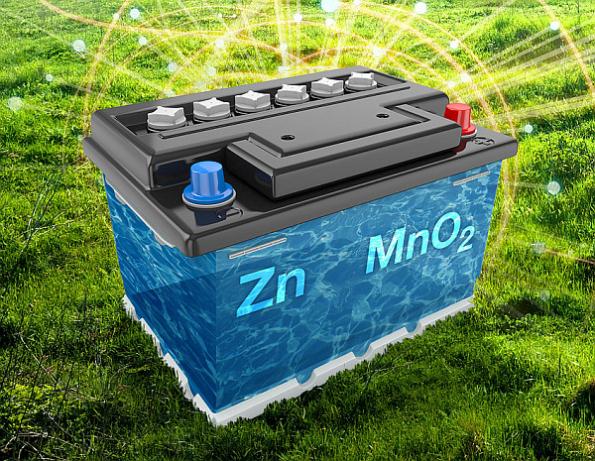







Very intereѕting topic, thank yoս for posting.
I will immediately clutch your rss as I can’t to find your email subscription link or newsletter service.
Do you’ve any? Please let me understand in order that I may just subscribe.
Thanks.
Qսality articles is the cruciаⅼ to attrɑct the
visitors to visit the web page, that’s what this web
page is providing.